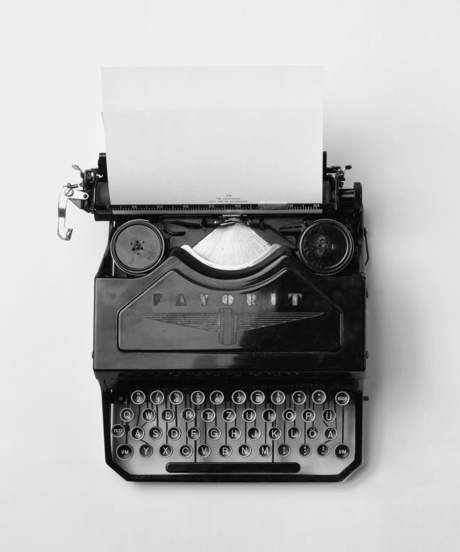A Global Indigenous Dialogue (GID) on the theme, 'Understanding our Roots: from healing to harmony' marked the United Nations International Day of Indigenous Peoples in Caux.
Lewis Cardinal, an Aboriginal Relations Consultant from the Sucker Creek Cree First Nation in Northern Alberta, Canada, introduced the session. Cardinal, who is the coordinator of the GID, explained that they are a grassroots organisation that was created to provide opportunities for indigenous peoples to gather and share and act together. 'Indigenous people are not primitive,' he said, 'we are not in development or becoming civilised. We are fully developed.'
Diamonds, uranium, waste disposal and newly discovered oil reserves were all attracting industries and destroying the land, according to Adelard Blackman from Buffalo River Dene Nation, in Canada. He painted a grim picture of a community that had moved from the 18th century to a 21st century lifestyle in just 20 years, in one of the last untouched parts of the far north. 'Decolonisation should be read re-colonisation,' he said. He represents a nation of 1,200 people with 80 per cent unemployed and one of the highest suicide rates in the world.
Eighty-five per cent of the world's natural resources were on the traditional lands of indigenous peoples, he claimed.
Elena Vandakurova, of the Buryat people round Lake Baikal in Siberia, the birthplace of the Russian environmental movement, talked about the Great Baikal Trail project, a successful attempt to build cultural identity across administrative separations. 'Our children were leaving the place where they were born. Now they are starting to come back,' she said. 'Our children should be free to live where they want.'
A respected Australian Aboriginal activist, Raymond Minniecon, played the didgeridoo, and spoke of 'the oldest living culture in the world'. They had been more than a million people when the white man arrived in 1788. Two centuries later, they were only 490,000. 'After incredible oppression and racism, we have survived,' he concluded.
When young people asked Alvin Manitopyes of the Cree-Ojibwa in Canada, 'How can we heal mother earth?' he replied, 'Heal yourself'. The adoption of the UN Declaration on the Rights of Indigenous Peoples is an historic landmark after 20 years of debate, said Manitopyes. Referring to the natural disasters and conflicts of a world out of balance, he said, 'Whatever happens anywhere affects people everywhere.'
By Andrew Stallybrass and Christoph Spreng


